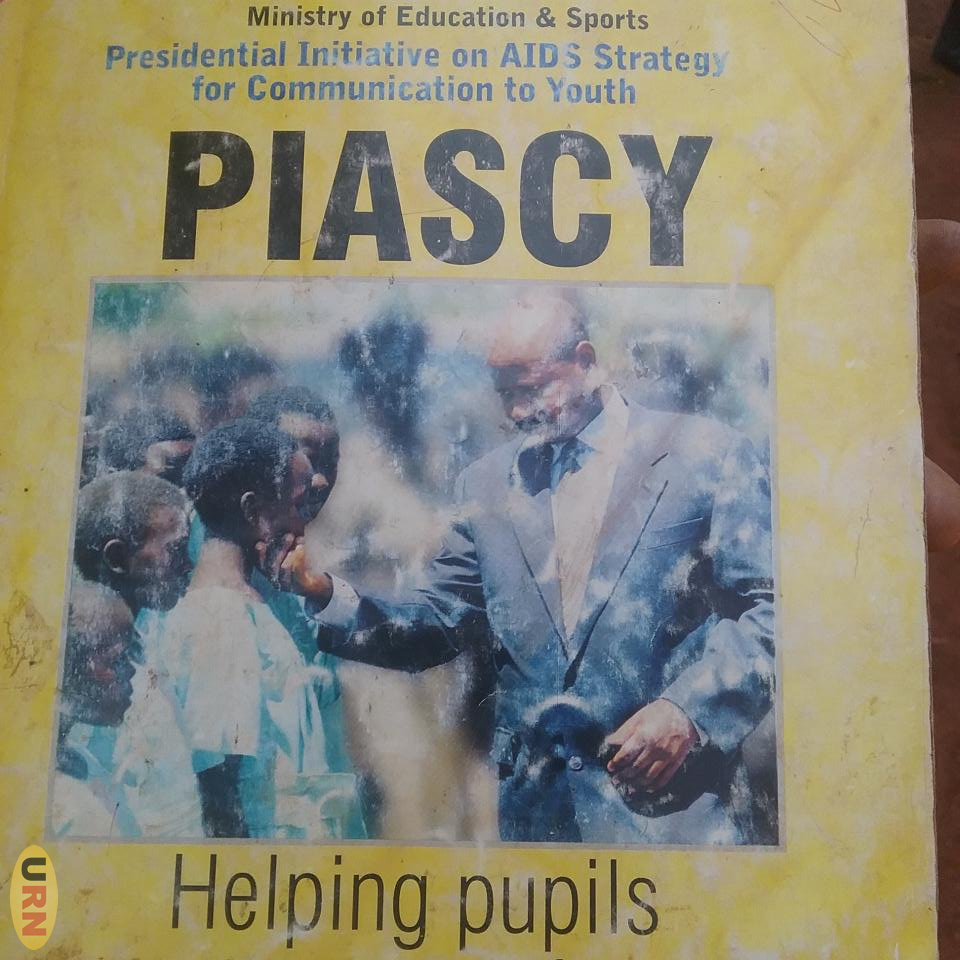In June this year, Ugandans were shocked to learn that Mbarara city had registered over 1,000 new HIV cases.
Compounding the crisis, between October of the previous year and March of this year, more than 7,000 individuals in the same city, who were already infected, dropped off their antiretroviral therapy. These startling statistics have put the spotlight on Uganda’s world famous HIV education and prevention strategies.
Uganda’s flagship programme, Presidential Initiative on AIDS Strategy for Communication to Youth (PIASCY) was born at the beginning of the century. Despite Uganda’s impressive progress in tackling the disease, AIDS was still spoken of in hushed tones, a “killer disease” that few dared to discuss openly. PIASCY broke this silence, shedding light on the grim reality of AIDS and providing crucial knowledge and practical strategies to young people to protect themselves.
As such, growing up as a young man in Ugandan society, sex education wasn’t a taboo subject, well at least not in schools.
The literature provided illuminated the grim reality of AIDS for young people. We were offered a cocktail of vital knowledge and practical strategies to shield ourselves from the disease. Our teachers too were empowered, and they, inturn, empowered us.
With seven million school children and the population aged 10 to 24 making up 33 percent of the country, President Museveni had decided that teachers would be the agents of change in passing on AIDS awareness and prevention messages to children.
Backing up the study material were strategic media campaigns that reinforced the understanding of AIDS and gave it a human face.
This entire model of openness was successful and made Uganda world famous in the fight against AIDS. PIASCY helped decrease Uganda’s prevalence rate for HIV/AIDS from nearly 30% of the population to approximately 6% as noted by Creative Associates International.
This model proved that the fight against AIDS could be won with determination, education, and collective effort.
Now, as we face a resurgence in HIV cases, we must reject complacency. The time has come to reinvigorate this successful model and develop new strategies for total victory.
Dismas Nuwaine


